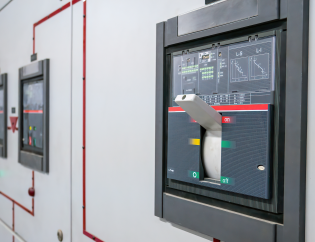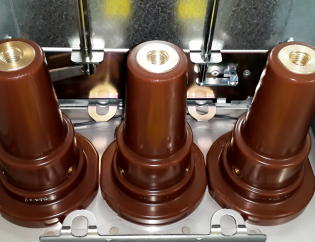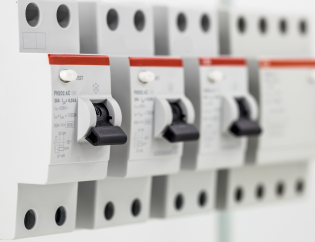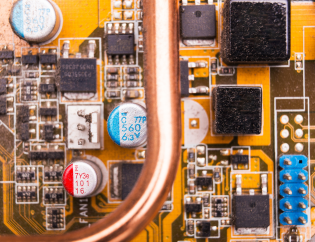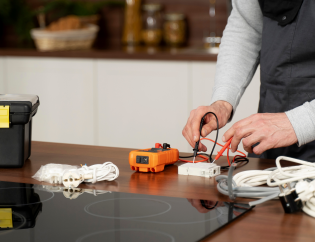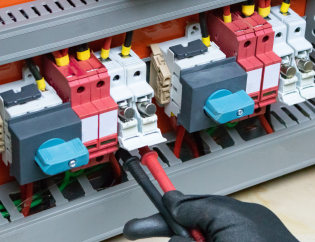What is Synchronous and Induction Motors
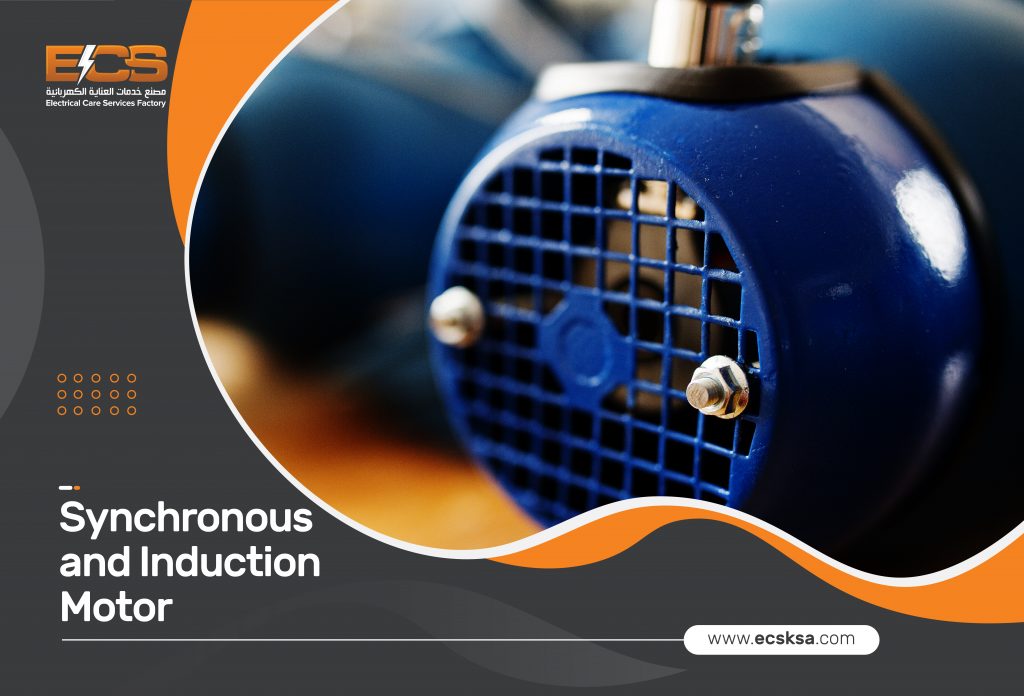
Synchronous and induction motors are electric motors commonly used in industrial, commercial, and residential applications.
A synchronous motor is an AC motor in which the rotor rotates at the same speed as the rotating magnetic field generated by the stator winding. This means that the rotor and stator magnetic fields are synchronized, resulting in a constant rotation speed. Synchronous motors are used in applications that require constant speed, such as power generation, industrial processes, and electric clocks.
An AC motor, known as an induction motor, commonly referred to as an asynchronous motor, has a rotor that spins at a slightly slower pace than the revolving magnetic field produced by the stator winding. Slip is the term for the speed difference that enables the rotor to produce a magnetic field and begin revolving. Applications for induction motors include fans, pumps, compressors, and conveyors in businesses, industries, and homes.
Types of Synchronous Motors
Synchronous motors can be categorized into two types depending on the method of rotor magnetization.
- Non-Excited Synchronous Motors
- Direct Current (DC) Excited Synchronous Motors
This article will discuss the classification, starting with Non-Excited Synchronous Motors and their designs, followed by Direct Current (DC) Excited Synchronous Motors.
1. Non-Excited Synchronous Motors
Electric motors, called non-excited synchronous motors, employ a magnetic field that rotates continuously in time with the frequency of an alternating current (AC) power source. The magnetic field is generated by permanent magnets, eliminating the need for an excitation current. The main types of non-excited synchronous motors are:
-
Permanent Magnet Synchronous Motor (PMSM)
These motors have a rotor with permanent magnets that create the magnetic field. They have high efficiency and low noise and are suitable for high-performance applications such as robotics and electric vehicles.
-
Hysteresis Synchronous Motor (HSM)
These motors have a rotor made of magnetic material with high hysteresis loss, which creates a rotating magnetic field. They have a simple construction, low noise, and are suitable for applications with low power requirements, such as clocks and timers.
2. Direct Current (DC) Excited Synchronous Motors
DC-excited synchronous motors are electric motors that use direct current to create a magnetic field that constantly rotates in sync with the AC power supply. The main types of DC-excited synchronous motors are:
- Self-excited Synchronous Motor
These motors have a rotor with field windings connected to the stator windings, creating a magnetic field. They are simple and inexpensive but have a low power factor and are less efficient than other synchronous motors.
- External-excited Synchronous Motor
These motors have a separate source of direct current that is used to excite the field windings. They have a high power factor and are suitable for high-power applications such as generators and large compressors.
Types of Induction Motors
Induction motors are electric motors that use electromagnetic induction to create a magnetic field that rotates the motor’s rotor. These motors are versatile, adaptable, and easy to maintain, making them one of the most widely used electric motors. The main types of induction motors are:
1. Single-phase Induction Motors
These motors are commonly used in household appliances, small tools, and light industrial equipment. They have a simple construction and are easy to operate, but they have limited power output and require a starting mechanism.
2. Three-phase Induction Motors
These motors are the most commonly used type of induction motor in industrial applications, such as pumps, compressors, and conveyor systems. They have more complex construction and require a three-phase power source, but they have high power output and are highly efficient.
3. Wound rotor Induction Motors
These motors have a rotor with windings connected to external resistors or other devices, allowing greater control over the motor’s speed and torque. They are used in applications that require variable speed and adjustable torque, such as cranes and hoists.
Conclusion
In conclusion, synchronous and induction motors are two of the most commonly used electric motors in many applications. Synchronous motors operate at a constant speed and are often used in high-performance applications. In contrast, induction motors are more versatile and adaptable to a broader range of uses due to their ability to self-start and adjust their speed. Additionally, various subtypes of synchronous and induction motors have unique features, advantages, and disadvantages. Understanding the differences and characteristics of these motor types and subtypes is crucial in choosing the most appropriate motor for any given application, ensuring efficient and reliable performance.
Explore ECSKSA’s comprehensive resources on this topic to learn more about the synchronous and induction motor types, their advantages, and their applications.
FAQs
Q1: What is a synchronous motor?
A synchronous motor is an electric motor that operates at a constant speed and is powered by an alternating current power source.
Q2: What is an induction motor?
An electric motor uses electromagnetic induction to create a magnetic field that rotates the motor’s rotor.
Q3: What are the differences between synchronous and induction motors?
The main difference between synchronous and induction motors is that synchronous motors operate at a constant speed, while induction motors operate at varying speeds. Additionally, synchronous motors require a separate power source for the excitation of the magnetic field, while induction motors do not.
Do you have a question in your mind? If so, make sure to fill out the form below!



